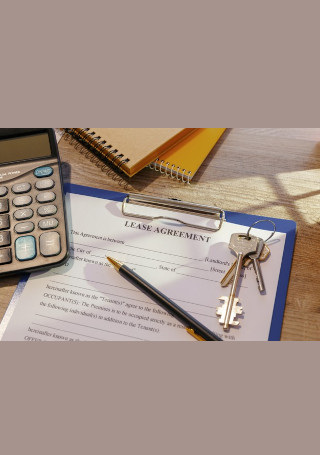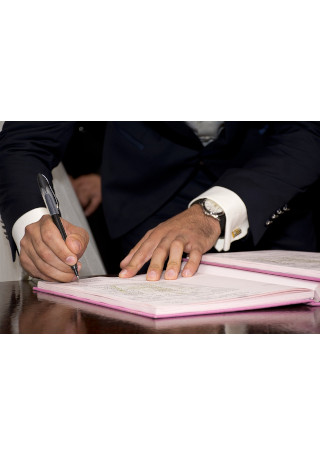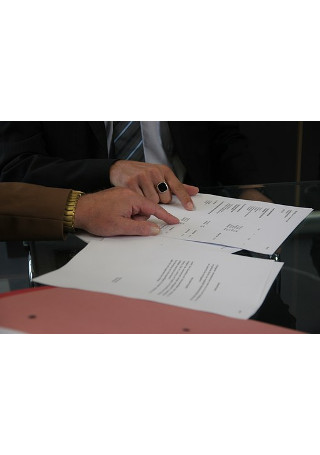Lease pertains to the legal document where the terms and conditions agreed upon by both the lessor and lessee are reflected. The aforementioned explicitly differs from rent because of…
continue reading-
14+ SAMPLE Smoking Lease Addendum in PDF
-
20+ SAMPLE Rental Lease Agreements in MS Word | PDF

According to statistica.com, in 2015 up until 2017 the highest eviction rate in the United States was 6.1 percent. This happened in Memphis, Tennessee. In looking for an apartment…
continue readingshare this: -
50+ SAMPLE Lease Agreements in PDF | MS Word | Excel

Renting a residential unit will be the best choice to make for individuals who are not yet ready to own a home for some reason. Temporarily living in a…
continue readingshare this: -
50+ SAMPLE Assignment of Lease in PDF | MS Word

Are you in need of an important legal document that can help you transfer rights of a property from one party to another? If so, then an assignment of…
continue readingshare this:
Types of Lease
Although leases have common features, their structure varies in nature—depending on the preference of the proprietor. For this reason, both the lessee and lessor should have a clear understanding of the different types of leases before binding themselves into an agreement. This will help both parties determine the expenses they will incur during a specific period. Here is an outline of the common types of commercial leases for your reference:
Absolute Net Lease: In an absolute net lease, it is the tenant’s responsibility to pay for structural maintenance, roof, repairs, taxes, and insurance. With this type of lease, the tenant does not only cover minor repairs but also larger property maintenance costs.
Triple Net Lease: A triple net lease means that tenants should pay the operating costs on top of the base rental amount. These operating expenses include repairs, maintenance, and real estate taxes. Unlike the absolute net lease, tenants don’t have to pay for the roof and structural repairs in a triple net lease.
Gross Lease: With this type of arrangement, tenants only pay for the flat monthly amount while the landlords cover other costs such as operating expenses and property charges.
Percentage Lease: The provision of a percentage lease is tenants pay for the base amount of rent plus a percentage of the revenue they earn while running a business in the property. Usually, mall outlets and other business establishments execute this type of lease.
Draft a Lease Correctly
As a lessor, you should see to it that you have the right documents for your business, and this includes the lease. Writing this legal document won’t be that mentally exhausting if you have the right resources. Worry no more! Creating your own standard lease won’t be a burden with the help of these professionally written sample documents you can download anytime in any of your digital devices. So before you start writing a lease, make sure to first secure a copy of one of these samples we have compiled just for you!

